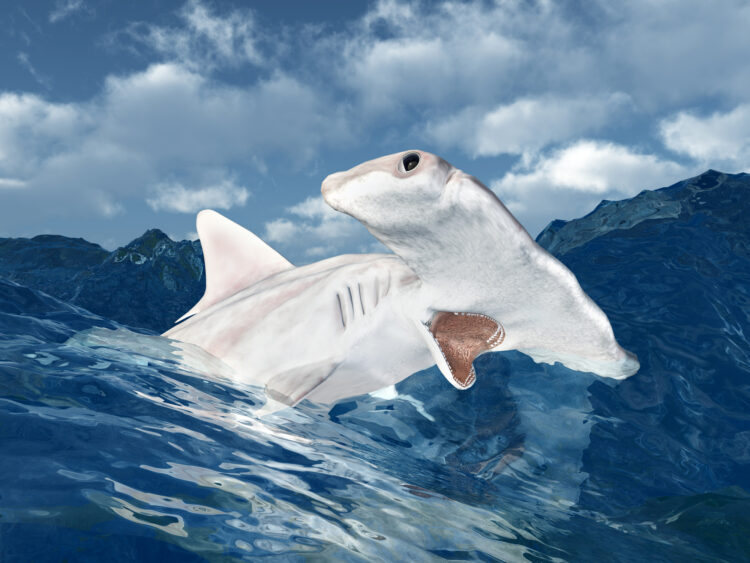
Hammerhead sharks are one of the ocean’s most distinctive animals, thanks to their unique head shape. But there is much more to these attractive animals than their unusual appearance. Here are 15 surprising facts about hammerhead sharks, shedding light on their behaviors, habitats, and the vital roles they play in marine ecosystems.
Why the Weird Head?
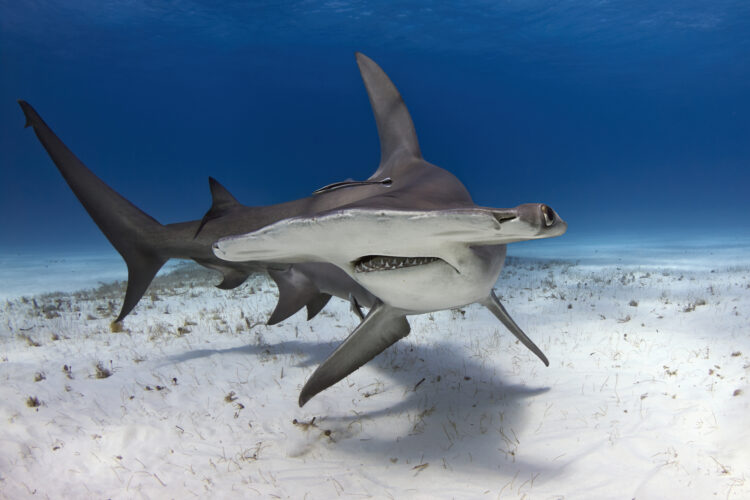
Did you ever wonder why hammerhead sharks have those odd, broad heads? Their eyes are wide apart, which gives them an amazing visual range. They are excellent for watching out for prey and beasts alike. The broad head allows them to see more on the sea bed and catch little, well-hidden snacks like stingrays.
Super Sensors
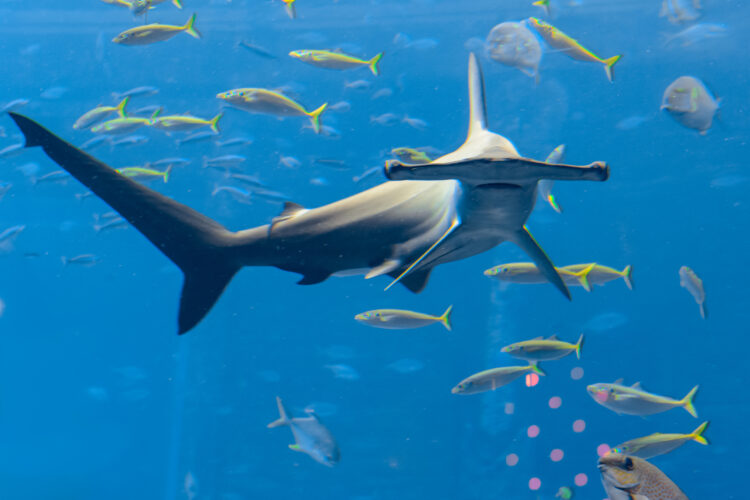
Speaking of finding food, hammerhead sharks almost literally have a sixth feeling. Tens of thousands of tiny sensory organs in their heads, known as the ampullae of Lorenzini, allow them to pick up electric fields generated by other sea creatures. Not the slightest muscle spasm of a hiding fish can escape the attention of the hammerhead.
Social Swimmers

Hammerheads are much more social during the day, unlike most shark species that are solitary. Hammerheads sometimes stay together to form a school that has up to 100 sharks. It is speculated that the teaming up mechanism is a defense mechanism or maybe even to help each other find food. At night, though, they are on their own.
Worldwide Wanderers
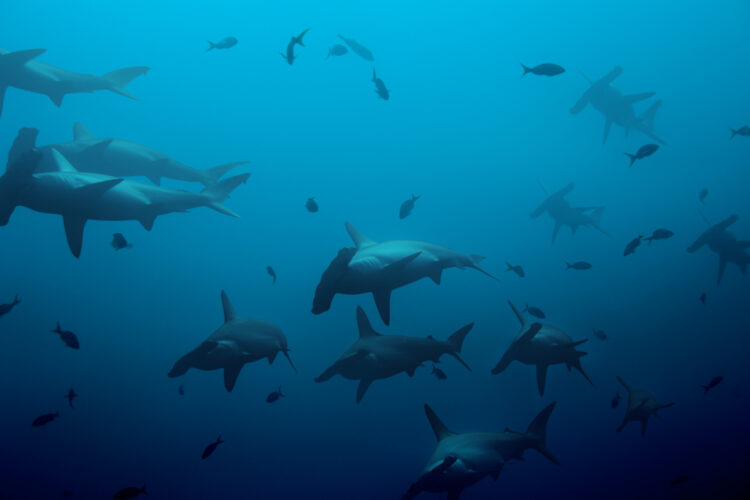
Hammerhead sharks are global jet setters! In deep seas and warm coastal regions around the world, hammerhead sharks are frequently spotted from coastal shallow islands to deep oceans. These trips are frequently driven by water temperature and food availability. For example, you can find them in masses in Costa Rica and Hawaii.
Nursery Areas for the Young
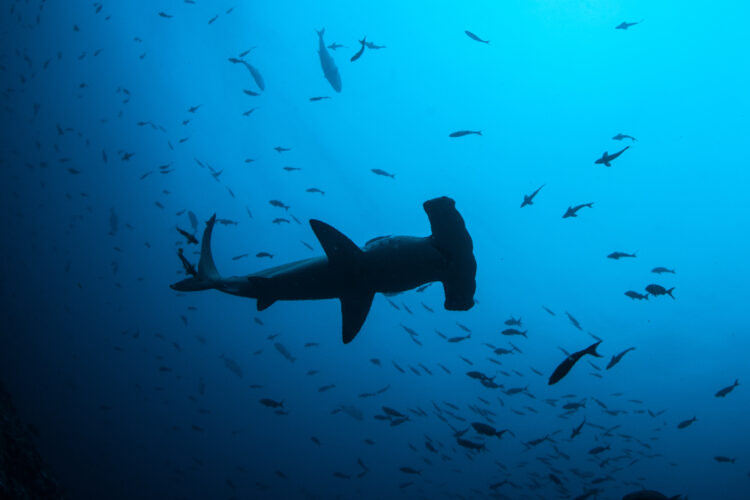
Hammerhead sharks take the safety of their offspring seriously. Female hammerheads use specific, shallow areas near the coast as nurseries. They carefully choose these areas for being rich in food and low in predators, which gives the baby sharks a better shot at growing up without getting preyed on.
Multiple Species
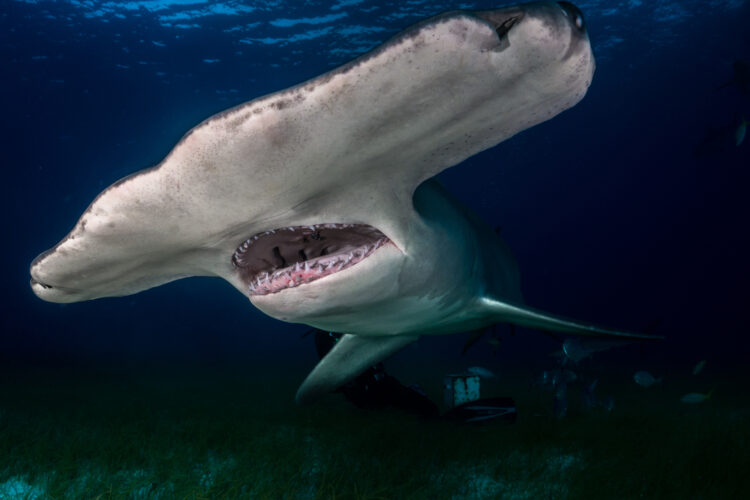
There are nine species of hammerhead sharks. The smaller bonnethead is only about 3 to 5 feet long, while the great hammerhead is up to 20 feet in length. Each species has evolved to fit into different environments and catch different types of prey, which makes them a diverse group in the world of sharks.
Impressive Hunters
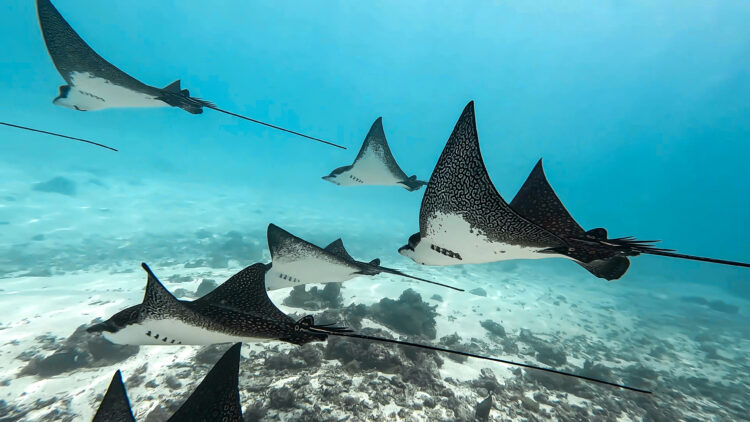
Hammerhead sharks are notorious predators. Their favorite meal? Stingrays. They use their wide heads to pin stingrays down on the ocean floor, preventing them from escaping before they deliver the final bite. In addition, hammerheads hunt fish and crabs and devour squids and sharks of other breeds. At night, they take advantage of their superior sensory integration to hunt.
Migration Mysteries

Some species of hammerhead sharks are known for their long migratory patterns. They can move from one ocean to the other, and scientists associate it with finding food and coupling. For instance, the scalloped hammerhead migrates approximately 1,120 miles. Scientists track these routes to understand their behavior patterns and how they use different habitats throughout the year.
Endangered Status
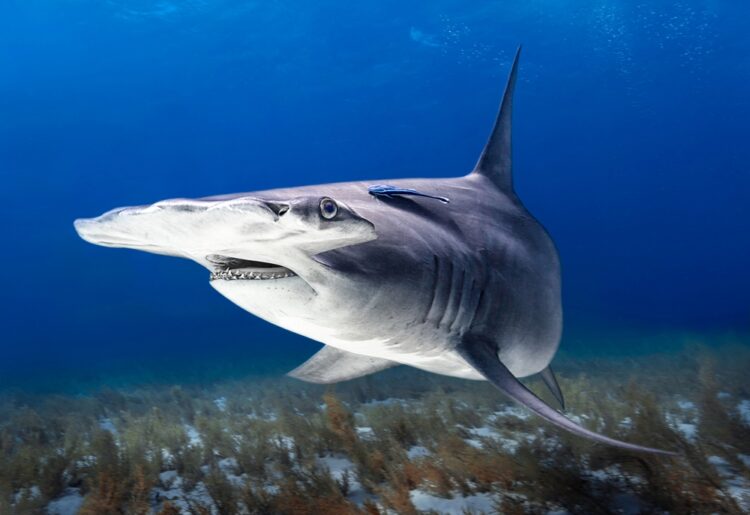
Hammerhead sharks are largely threatened by human activity. Their populations have drastically decreased due to overfishing and accidentsl. There are several endangered species in the world, including great scalloped hammerheads. It is important to implement conservation measures that include maintaining their natural habitat and creating more strict regulations that prohibit overfishing and limit bycatch.
Unique Breeding Habits
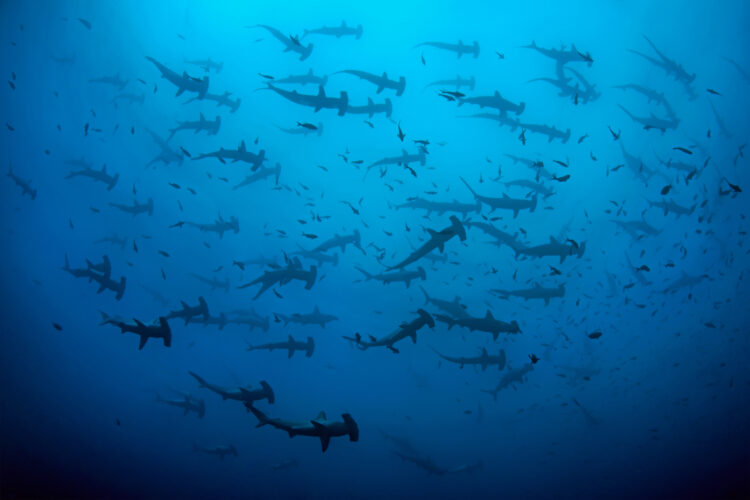
They are also viviparous, which means they give birth to live young rather than laying eggs, as most other fish species do. A hammerhead female may have a gestation period of several months and deliver a litter of up to 40 pups, depending on the species. The pups are born fully developed and are self-sufficient from birth.
Sensational Sense of Smell
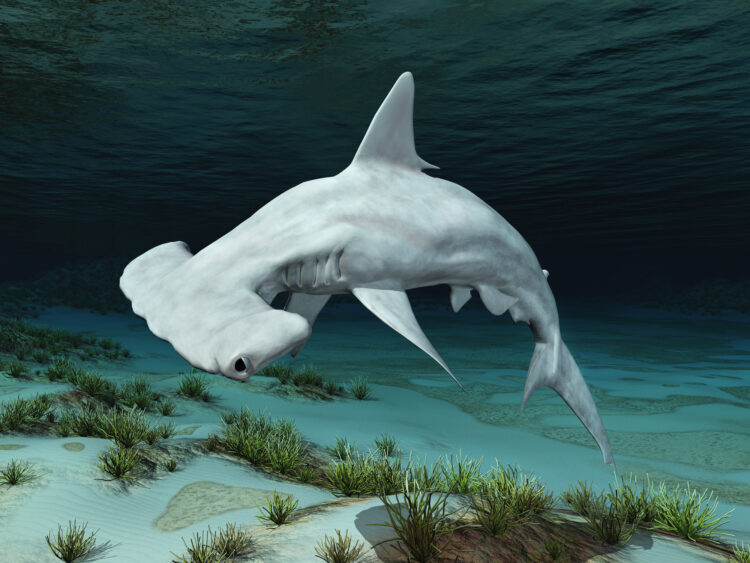
Hammerhead sharks have an extraordinary sense of smell, which is crucial for their hunting strategy. Their nostrils or nares are spread wide on either side of their hammer-like head, allowing them to pick up scent trails in the water more effectively than other sharks. They can instantly determine the direction of a scent and track down prey.
Threats from Shark Fin Soup
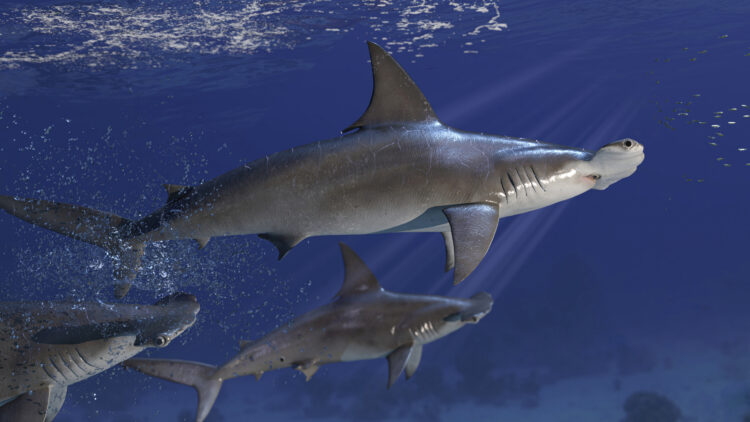
A major reason hammerhead sharks are endangered is the demand for their fins, which are highly prized for shark fin soup, a delicacy in China. This has led to overfishing and illegal fishing practices, where sharks are caught, their fins cut off, and the rest of the body is discarded back into the ocean.
Distinctive Swimming Style
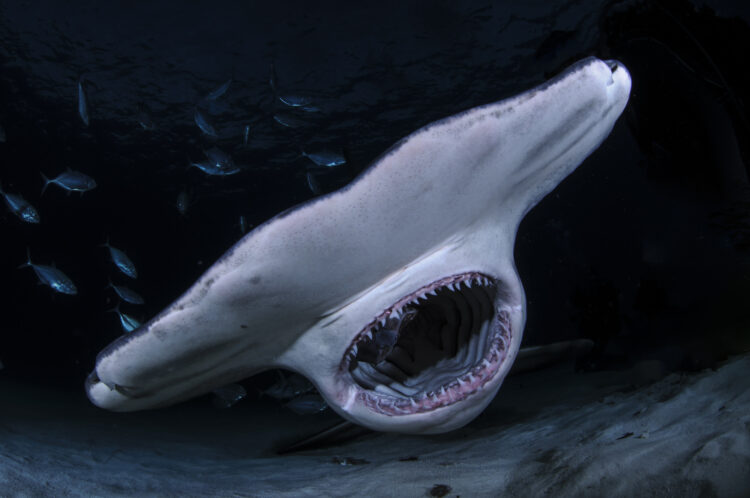
Hammerheads are known for their distinctive swimming style. They can make sharp turns and quick movements that other sharks might struggle with. This agility is a huge advantage in hunting and allows them to easily navigate through complex underwater environments. Their bodies are designed to be incredibly efficient in the water, making them both graceful and powerful swimmers.
Deep Divers

Some hammerheads can dive to depths exceeding 800 meters, where they can feed on prey located at the bottom, while most other predators cannot reach those depths. Additionally, deep diving is considered to be part of the shark’s navigation and migratory tools, as they rely on the Earth’s magnetic fields to swim in the vast oceans.
Conservation Efforts
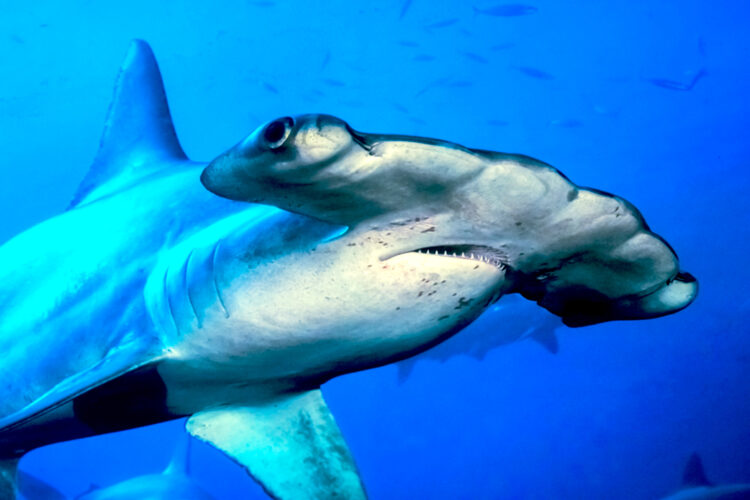
Given the population decline, conservation actions have been taken to preserve the diminishing population. For instance, marine protected areas prohibit fisheries and, therefore, create a secure breeding and food-hunting environment. Awareness and campaigns will slowly reduce the demand for shark products and increase public support for shark conservation.

Comments
Loading…